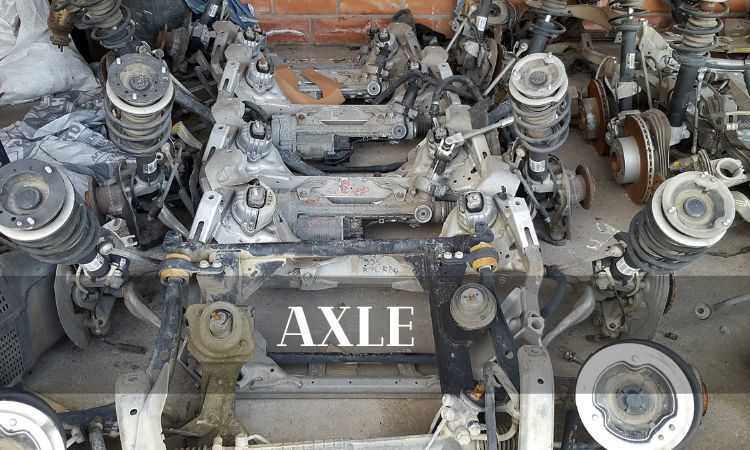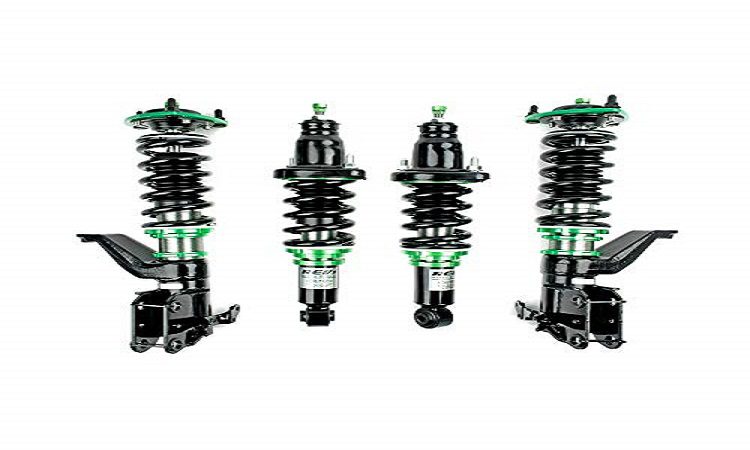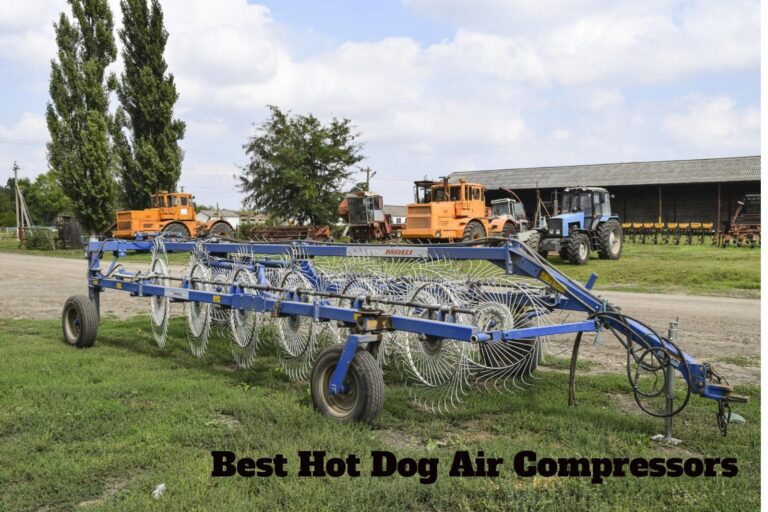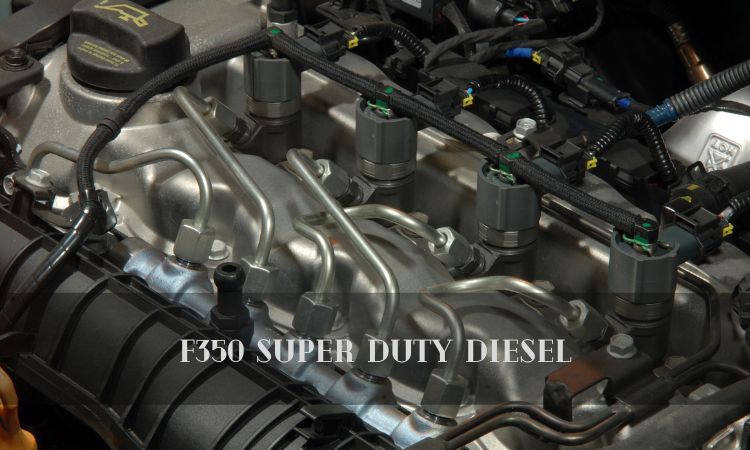Which Axle Should You Chain Up on a Semi
There are three axles on a semi-truck, the drive axle, steering axle, and trailer axle. When chaining up a semi-truck in icy or snowy conditions, you will want to chain up the drive axle and the trailer axle. The drive axle is the power source for the truck and chains will help give it traction.
Chaining up the trailer axle will help keep the load stable and prevent sliding.
If you’re driving a semi in icy or snowy conditions, it’s important to know which axle to chain up. The front axle is typically the most important one to chain, as it provides steering and braking power. The rear axle is less critical, but can still provide traction.
If you’re not sure which axle to chain up, ask your trucking company or highway department for guidance.
Tire Chains are Most Effective on
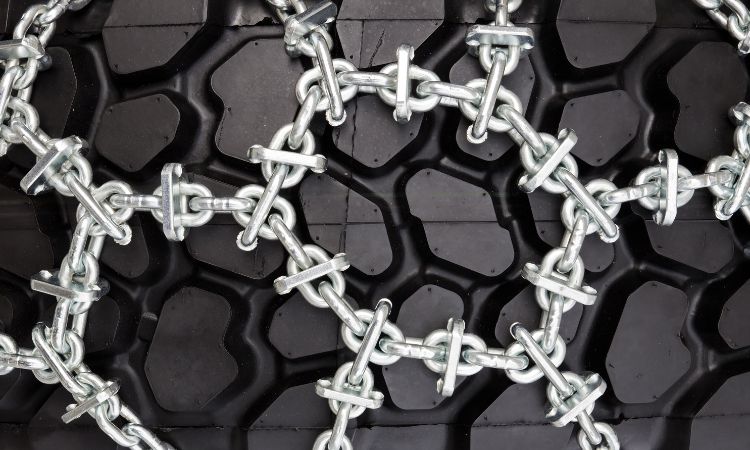
Tire chains are most effective on snow and ice. They provide traction by gripping the road surface, which helps prevent slipping and sliding. Tire chains can be used on all four tires, or just the two drive wheels.
When using tire chains, it’s important to follow the manufacturer’s instructions for installation and use.
How to Chain Up a Semi Trailer Axle
If you’re stuck in the snow and need to chain up your semi trailer, here’s how to do it. You’ll need two people for this job – one to hold the chains and one to secure them. First, find the axle you want to chain up.
It’s usually the front axle, but it could be the rear if that’s what’s needed. Then, position the chains around the tire so they’re touching both sides of it. Make sure the hooks are pointing inwards so they don’t come off when you’re driving.
Next, have one person hold onto the chains while the other secures them with a ratchet strap or similar device. Once they’re tight, test them by pulling on them slightly – they shouldn’t move too much. And that’s it!
You’re now ready to drive in snowy conditions without worry about your tires slipping. Just remember to remove the chains when the roads are clear again so you don’t damage your tires.
How Many Snow Chains are Required for Semi Trucks

Most semi trucks come equipped with dual drive wheels, meaning there are two tires on each axle. For this reason, most states only require that two chains be placed on the drive wheels of a truck when driving in snowy or icy conditions. However, some states have stricter requirements and may mandate that all four tires have chains.
It’s always best to check with your local Department of Transportation to see what the specific requirements are in your area.
Dot Chain Requirements
Dot Chain Requirements
In order to be a part of the Dot Chain, there are certain requirements that must be met. First and foremost, all members must have a valid passport.
Secondly, members must be at least 18 years old and have no criminal record. Lastly, each member must agree to submit to a background check conducted by the DOT.
Truck Chain Laws by State 2022
Truck chain laws vary by state, but most require chains on all four tires when driving in winter conditions. Some states have additional requirements, such as banning certain types of trucks or requiring extra chains on the front tires. In general, truckers should check the weather forecast and road conditions before heading out.
If chains are required, they should be put on before reaching the snowy areas. Driving with chains can be tricky, so it’s important to practice beforehand and give yourself plenty of time to reach your destination. If you’re traveling through a state with truck chain laws, be sure to comply with them to avoid getting ticketed or causing an accident.
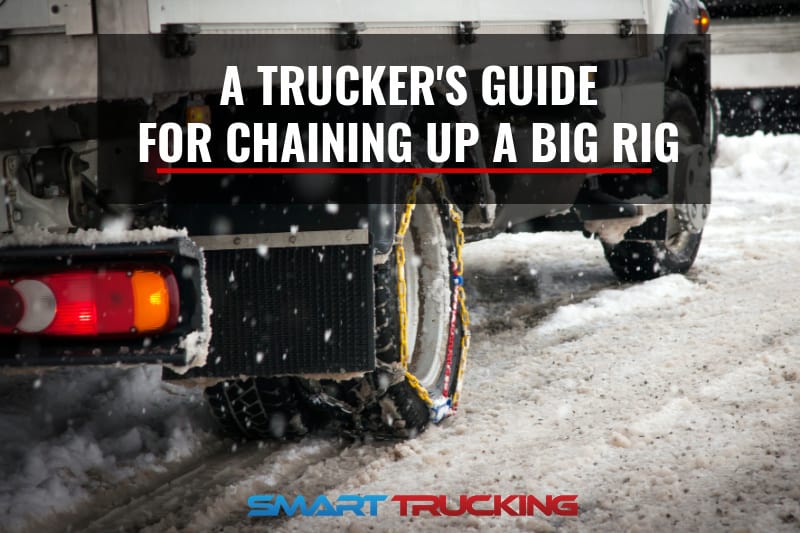
Credit: www.smart-trucking.com
What Tires Do You Chain Up on a Semi?
There are a few things to consider when chaining up a semi truck. The first is the type of terrain you’ll be driving on. If you’re driving on snow or ice, you’ll want to use chains that are specifically designed for those conditions.
For example, if you’re using a set of studded tires, you’ll want to use tire chains that have been approved for use with studded tires. Another thing to consider is the size of your semi truck. Some trucks require special sizes of tire chains, so it’s important to know what size your truck is before purchasing any chains.
Additionally, some trucks have restrictions on how many tire chains can be used at once, so make sure to check your owner’s manual or ask a mechanic before putting too many chains on your truck. Generally speaking, though, most semi trucks can be chained up using standard passenger car tire chains. Just make sure that the chains are the right size and type for your particular truck and terrain, and you should be all set.
Where Do You Put Chains on Semi?
Assuming you are referring to putting chains on a semi-truck:
There are a few key things to keep in mind when putting chains on a semi-truck. First, it’s important to make sure the truck is in park and the emergency brake is engaged before starting.
Then, you’ll want to find the right size chain for your tires – most trucks will have either 22.5″ or 24.5″ tires. Once you have the right size, it’s time to put them on!
To do this, you’ll need someone to help you – one person will hold the end of the chain while the other puts it around the tire.
Start at the front of the tire and work your way around, making sure that the chain is tight against the tire but not so tight that it rubs. Once both chains are in place, tighten them up as much as possible and then test drive slowly to make sure they’re not too loose.
Is It Better to Put Chains on the Front Or Back of a Truck?
Chains should be put on the back tires of a truck for better traction. This is because most of the weight of the truck is over the back wheels. When you hit a patch of ice or snow, it is easier for the back wheels to spin and cause the truck to skid.
By putting chains on the back tires, you will help keep your truck from sliding around on icy roads.
How Many Tires Require Snow Chains on Semi Truck?
There is no definitive answer to this question as it depends on a number of factors, including the type of semi truck, the tires it is using, the weather conditions and the roads. In general, however, most semi trucks will require at least two snow chains on their front tires in order to operate safely and effectively in snowy or icy conditions. Some may also need chains on their rear tires as well, although this is less common.
Ultimately, it is best to consult with your truck’s manufacturer or a qualified mechanic to determine how many chains your specific vehicle will need.
TOTAL Axle Failure – How to Chain up/Strap a Tandem Trailer Axle!
Conclusion
There are three main types of axles on a semi: the drive axle, the tag axle, and the pusher axle. Each has its own pros and cons when it comes to chaining up. The drive axle is the most important to chain up, as it’s what propels the truck forward.
The tag axle helps with steering and stability, so it’s also important to chain up. The pusher axle is less important, but if you have one, you should still chain it up for extra safety.

